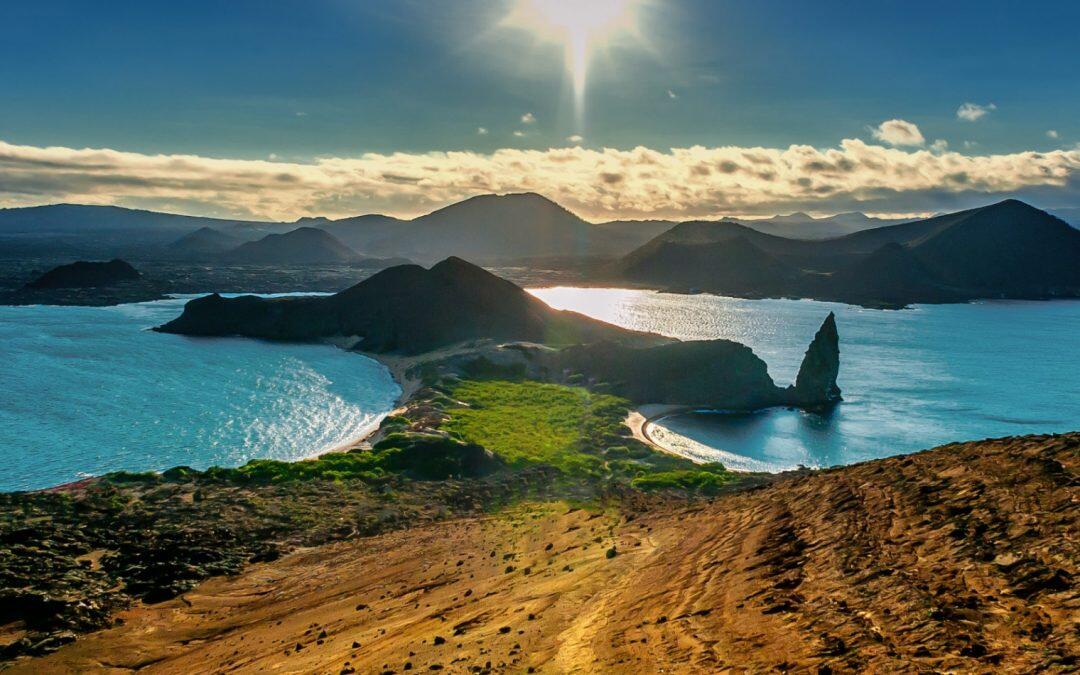James Gibbs was one of the researchers who announced the big news and was present when the first eggs hatched in December 2014.
“I am amazed that the turtles gave us the opportunity to make amends after all this time” – James Gibbs
When sailors first came to the island in the 18th century, inadvertently they triggered the environmental catastrophe that has taken many generations to be corrected. Rats aboard boats quickly when the ecosystem of the island got fragile and spread a feast with turtles eggs.
The influence of rats was so devastating that in the coming decades not a single turtle breeding survived and that was the start of a quick trip to the extinction of this species. But now humans has helped the turtles return to the island.
In the 60s a group of conservationists began a plan to preserve the species, which at that time had only CON100 live specimens.
The few eggs found intact on the beach were collected and incubated on another island and once the turtles were born, the other was raised by 5 years to ensure their survival. But the problem of rats on the island continued …
To eradicate rats biologists devised a risky maneuver: in 2012 they poured poison from helicopters, specially designed to attract rats and they fell into the trap.
For the first time in years the island was free of rats!
This gave them the turtles awaited opportunity to recover its kind and home.
“We did a survey (in December 2014) to see if it had worked for turtles and found 10 nesting sites. This was the first time in a hundred years that this happened naturally and how wild the island. Given the likely projection, I’m sure there are a hundred more sites out there ” – said James Gibbs
It is now estimated that there are about 500 turtles (or more) on the island.











